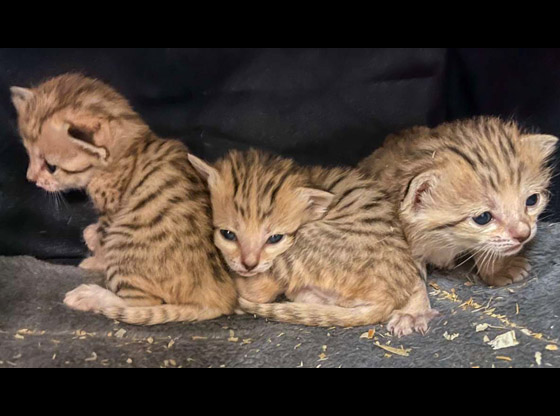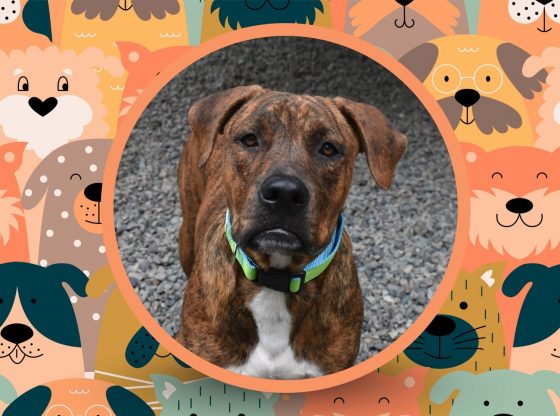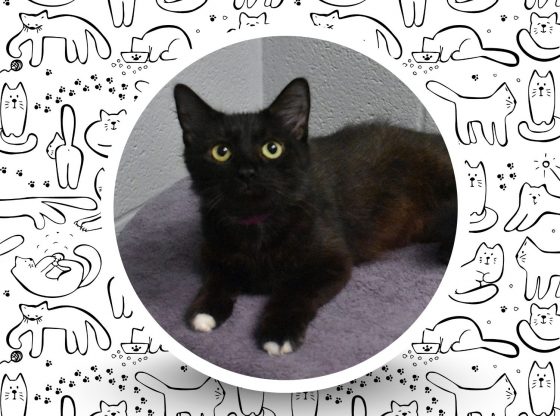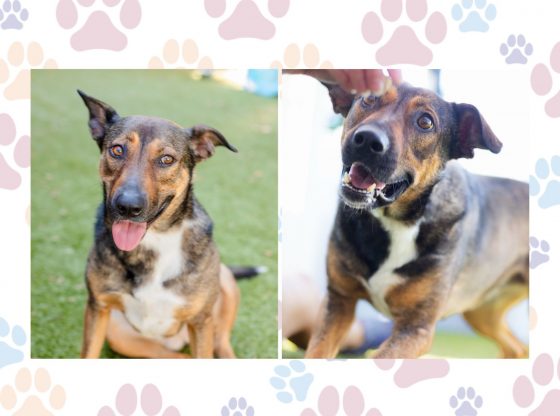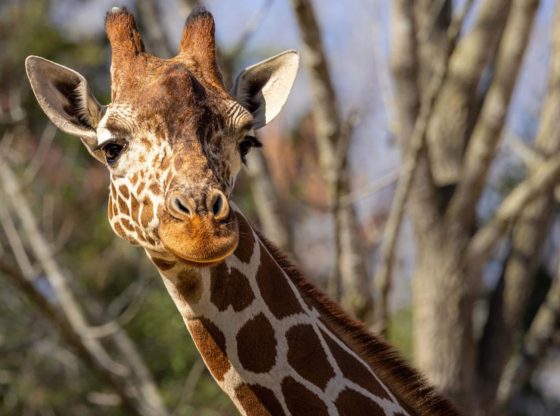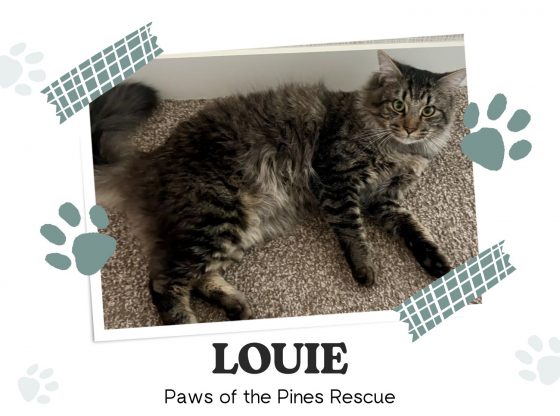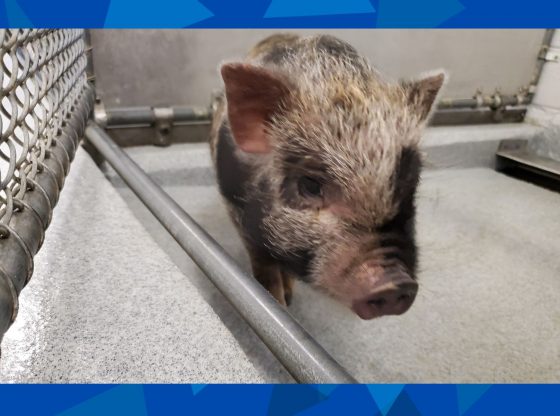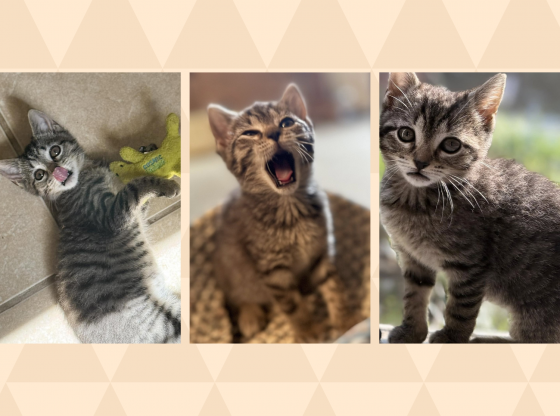The North Carolina Zoo announced yet another recent birth: three sand cat kittens (sexes unknown at this time) were born on May 11. Small enough to fit into the palm of your hand, the kittens were born to first-time mother Sahara, 3, and father Cosmo, 9, said the zoo in a press release.
It marks the third birth at the zoo in less than two weeks. On May 20, a giraffe calf (male) was born, and a chimpanzee infant (male) was born on May 21.
This marks the first litter for the sand cat pair. Cosmo previously fathered daughter Layla, who is now living at the Greensboro Science Center. The zoo plans to offer a public naming poll for the kittens. Details will soon be announced on the zoo’s social media and website.
The mom and triplets are doing well. The trio are beginning to explore their surroundings in the desert habitat. Lucky guests may be able to catch a glimpse of them in the coming days.
Though they appear adorable with big ears, eyes, and petite frames, looks can be deceiving. Zookeepers quickly tell you they are wild, ferocious animals that should never be kept as pets.
These small and mighty hunters kill venomous snakes in the desert. They are the only cats to live exclusively in desert environments.
Cosmo and Sahara were paired as a part of the Sand Cat Species Survival Plan and the Association of Zoos and Aquariums (AZA), which aims to maintain a healthy and genetically diverse population of sand cats to increase their numbers. More than 50 sand cats live at over 20 AZA institutions.
Sand cats are native to North Africa, the Arabian Peninsula, and Asia deserts. Nocturnal in nature, they quickly adapt to the extreme climate of desert environments with very hot and cold temperatures.
Sand cats are rarely sighted in the wild because they live in remote landscapes, hunt at night to avoid the desert heat, and are secretive in nature, making studying them challenging. The size of the population and life span in the wild is unknown.
The sand cat is one of the world’s smallest feline species, weighing from four to eight pounds and measuring, on average, 20 inches long. The gestation period is around 60 days. Under human care, a sand cat can live to be 13 years old.
The cats have an exceptionally keen sense of hearing, which they use to detect animals under the sand and use their excellent digging skills to capture their prey quickly.
Courtesy photo/Contributed.


